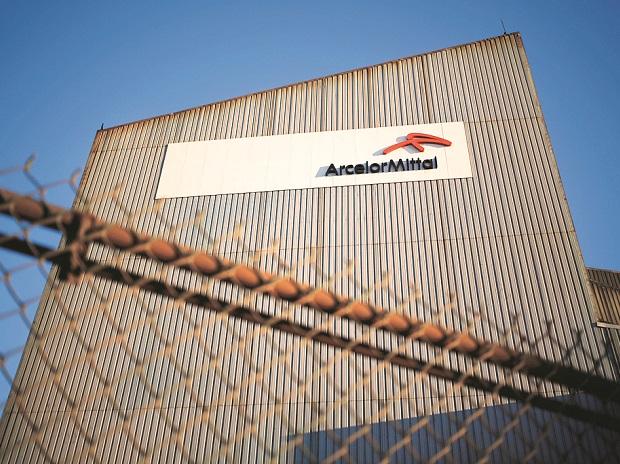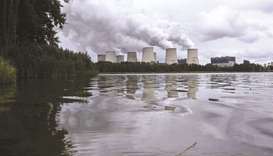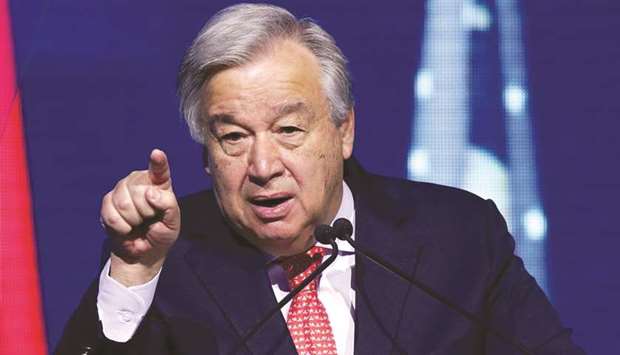IEA sees calm global oil market in 2020 as new supplies soar

Bloomberg/ London
Global oil markets are likely to remain “calm” next year as soaring production outside Opec and high inventories keep consumers comfortably supplied, the International Energy Agency said.
Supplies outside Opec – driven by the US, Brazil, Norway and Guyana – will increase by 2.3mn barrels a day in 2020, almost twice the expansion in world oil demand, the agency said in its monthly report. The growth estimate is about 100,000 barrels a day higher than last month.
Oil prices have remained steady near $60 a barrel in London for several months. US sanctions on Iran’s exports and political unrest in Venezuela and Iraq have also had limited impact.
“The calmness is supported by a well-supplied market and high inventories,” said the Paris-based agency, which advises most major economies on energy policy. “This may continue into 2020 because non-Opec countries will grow their production” significantly.
As a result, the Organization of Petroleum Exporting Countries – which has cut production this year to prevent a surplus – is currently pumping about 1.7mn barrels a day more than will be needed in the first half of next year, the report showed.
Opec and its partners will meet on December 5 to 6 to consider next year’s output levels, though they’ve so far indicated little desire to make the deeper cuts that would be needed to avert a new oversupply. The outlook for global economic growth remains precarious, pressured by the ongoing trade dispute between the US and China.
“The hefty supply cushion that is likely to build up during the first half of next year will offer cold comfort to Opec+ ministers gathering in Vienna at the start of next month,” the IEA said. “However, a continuously well-supplied market will lend support to a fragile global economy.”
Oil inventories in developed nations accumulated by about 9mn barrels during the third quarter, even as Opec deliberately restrained output.
Another reason for the market’s torpor has been “sluggish” processing of crude oil by refiners, whose intake will drop this year for the first time since the financial crisis of 2009, according to the report. However, the decline is a very modest 90,000 barrels a day.
In the short term, the market ought to pick up as global oil demand growth accelerates. Low oil prices and robust US demand for petrochemicals will spur worldwide consumption to expand by 1.9mn barrels a day year-on-year in the fourth quarter, more than four times the rate observed in the second, the agency said.
The calmness the IEA sees resuming next year fits with its expectations for the long term, outlined in its annual World Energy Outlook earlier this week. That report anticipates that increasingly efficient car engines and the adoption of electric vehicles will cause world oil demand to plateau around 2030.








